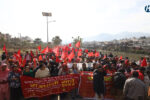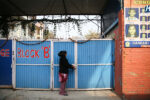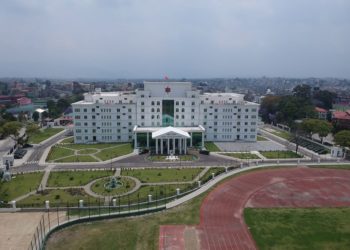KATHMANDU: The Kathmandu Valley has witnessed a significant decrease in air pollution following recent rainfall.
Just ten days ago, on May 2, the federal capital was ranked as the world’s most polluted city with an Air Quality Index (AQI) of 162.
However, today’s data shows a remarkable improvement, with Kathmandu now ranked at the 50th position, recording an AQI of 56.
According to experts, the containment of wildfires due to the recent rainfall has played a vital role in improving air quality.
Sundar Sharma, a wildfire expert, highlighted that the favorable weather conditions have led to a reduction in air pollutants.
The AQI scale categorizes air quality into different levels, with an AQI of 0-50 considered good for public health, indicated by a green signal. A moderate AQI falls in the range of 51-100, marked by yellow, signaling a need for caution.
When the AQI reaches 101-150, it becomes unhealthy for sensitive groups, particularly individuals with respiratory and cardiac issues, denoted by an orange signal.
A red signal indicates that an AQI of 151-200 is unhealthy for all, while a purple signal signifies a very unhealthy level (201-300).
Disaster management expert Dr. Dharmaraj Uprety explained that an AQI of 301-400 is hazardous, marked by purple, while an AQI of 401-500 is highly hazardous to health, indicated by maroon.
The improved air quality in Kathmandu Valley underscores the importance of environmental conservation efforts and the need for sustainable practices to mitigate pollution levels and safeguard public health.









Comment